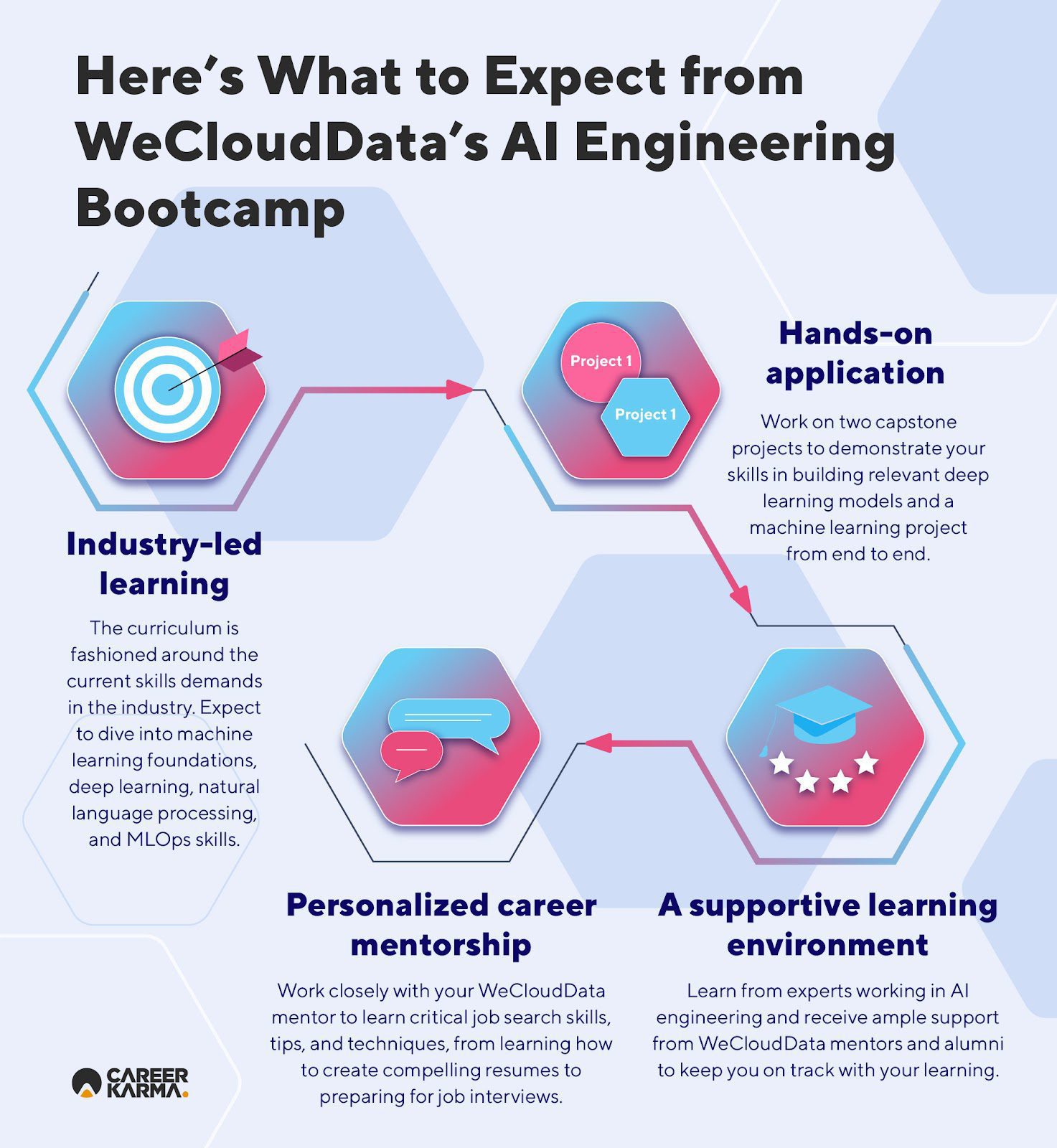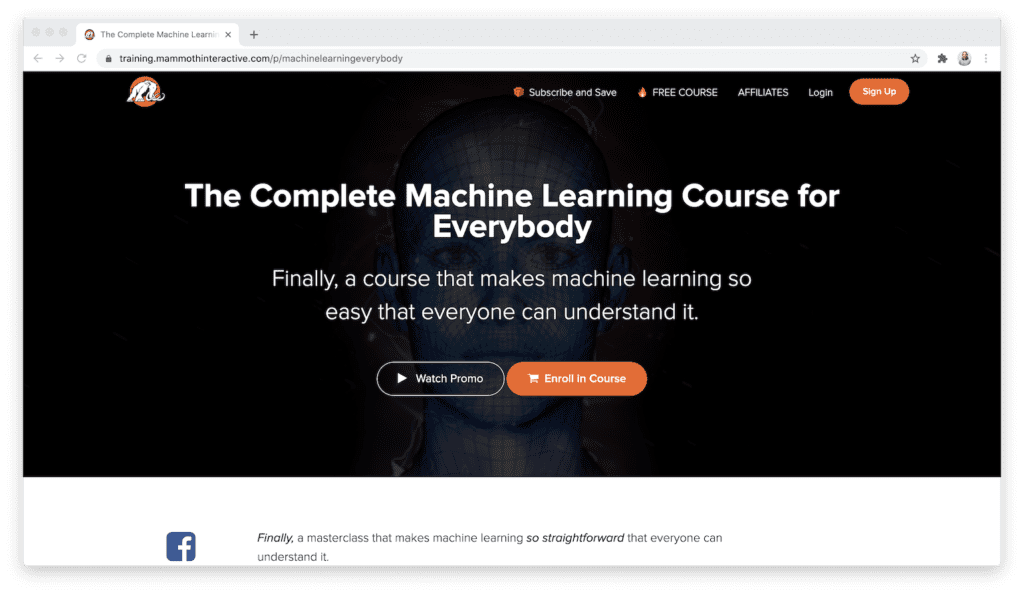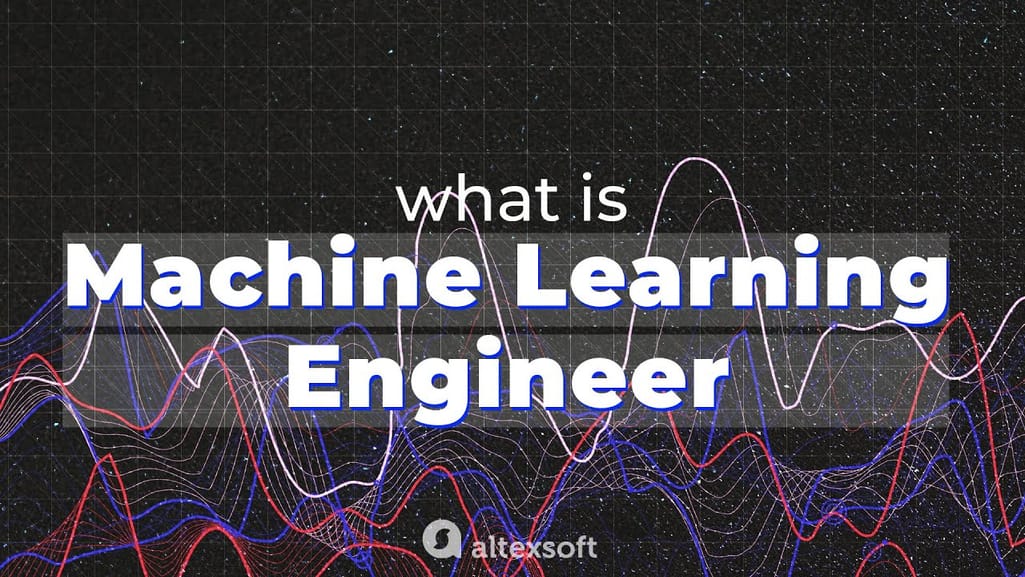All Categories
Featured
Table of Contents
- – An Unbiased View of Machine Learning Engineer ...
- – Getting The How To Become A Machine Learning E...
- – Training For Ai Engineers Fundamentals Explained
- – The Greatest Guide To Is There A Future For S...
- – About Machine Learning Engineer Vs Software ...
- – 6 Steps To Become A Machine Learning Enginee...
You most likely understand Santiago from his Twitter. On Twitter, every day, he shares a whole lot of functional points about device discovering. Alexey: Prior to we go right into our primary topic of moving from software engineering to device understanding, maybe we can start with your background.
I went to college, got a computer system scientific research level, and I started developing software application. Back then, I had no concept regarding maker discovering.
I understand you have actually been making use of the term "transitioning from software application engineering to artificial intelligence". I like the term "including in my ability the artificial intelligence abilities" extra due to the fact that I assume if you're a software engineer, you are currently providing a great deal of value. By including artificial intelligence now, you're augmenting the influence that you can carry the industry.
Alexey: This comes back to one of your tweets or maybe it was from your program when you contrast two strategies to learning. In this instance, it was some trouble from Kaggle regarding this Titanic dataset, and you simply find out just how to address this issue utilizing a details tool, like choice trees from SciKit Learn.
An Unbiased View of Machine Learning Engineer Learning Path
You first discover mathematics, or direct algebra, calculus. Then when you know the math, you most likely to artificial intelligence concept and you learn the theory. 4 years later on, you finally come to applications, "Okay, how do I utilize all these four years of mathematics to resolve this Titanic problem?" ? In the previous, you kind of conserve yourself some time, I think.
If I have an electric outlet below that I require replacing, I do not wish to most likely to university, spend four years understanding the mathematics behind electrical energy and the physics and all of that, simply to change an electrical outlet. I prefer to begin with the outlet and locate a YouTube video clip that assists me undergo the issue.
Santiago: I truly like the concept of starting with an issue, attempting to toss out what I know up to that issue and comprehend why it does not function. Get the tools that I require to address that trouble and begin digging much deeper and much deeper and deeper from that point on.
Alexey: Perhaps we can chat a bit concerning finding out resources. You discussed in Kaggle there is an introduction tutorial, where you can get and find out how to make decision trees.
The only requirement for that training course is that you recognize a bit of Python. If you're a programmer, that's an excellent base. (38:48) Santiago: If you're not a programmer, then I do have a pin on my Twitter account. If you go to my profile, the tweet that's going to get on the top, the one that says "pinned tweet".
Getting The How To Become A Machine Learning Engineer & Get Hired ... To Work

Even if you're not a designer, you can begin with Python and function your means to even more machine understanding. This roadmap is concentrated on Coursera, which is a system that I truly, actually like. You can audit all of the courses for complimentary or you can spend for the Coursera subscription to obtain certificates if you intend to.
So that's what I would certainly do. Alexey: This returns to among your tweets or maybe it was from your program when you compare two approaches to understanding. One approach is the trouble based technique, which you just discussed. You discover a problem. In this instance, it was some issue from Kaggle concerning this Titanic dataset, and you simply learn exactly how to fix this problem using a certain device, like decision trees from SciKit Learn.

You first discover mathematics, or direct algebra, calculus. When you know the mathematics, you go to machine understanding concept and you discover the concept.
If I have an electric outlet right here that I require changing, I do not wish to most likely to university, spend four years comprehending the mathematics behind electrical power and the physics and all of that, simply to transform an electrical outlet. I would instead start with the electrical outlet and locate a YouTube video that assists me experience the problem.
Poor example. You get the concept? (27:22) Santiago: I really like the concept of beginning with an issue, attempting to toss out what I recognize approximately that issue and comprehend why it doesn't work. Then get hold of the tools that I require to fix that problem and begin excavating deeper and deeper and deeper from that point on.
Alexey: Possibly we can chat a bit about learning sources. You pointed out in Kaggle there is an intro tutorial, where you can get and find out just how to make decision trees.
Training For Ai Engineers Fundamentals Explained
The only need for that program is that you know a little of Python. If you're a designer, that's a wonderful beginning point. (38:48) Santiago: If you're not a programmer, after that I do have a pin on my Twitter account. If you go to my profile, the tweet that's mosting likely to be on the top, the one that claims "pinned tweet".
Also if you're not a developer, you can start with Python and work your way to even more maker knowing. This roadmap is concentrated on Coursera, which is a system that I actually, actually like. You can examine all of the courses free of charge or you can pay for the Coursera registration to obtain certifications if you desire to.
The Greatest Guide To Is There A Future For Software Engineers? The Impact Of Ai ...
Alexey: This comes back to one of your tweets or maybe it was from your course when you contrast 2 methods to discovering. In this case, it was some issue from Kaggle concerning this Titanic dataset, and you simply learn just how to fix this issue utilizing a particular tool, like decision trees from SciKit Learn.

You first learn mathematics, or linear algebra, calculus. When you know the mathematics, you go to machine knowing theory and you discover the concept.
If I have an electrical outlet below that I require replacing, I don't wish to go to university, invest 4 years understanding the math behind electrical energy and the physics and all of that, simply to transform an electrical outlet. I would rather begin with the outlet and find a YouTube video that aids me undergo the issue.
Bad analogy. You get the idea? (27:22) Santiago: I really like the idea of beginning with a problem, trying to toss out what I recognize as much as that trouble and recognize why it does not work. Get the devices that I require to address that trouble and start digging deeper and much deeper and much deeper from that factor on.
To make sure that's what I generally suggest. Alexey: Perhaps we can chat a bit about learning sources. You pointed out in Kaggle there is an introduction tutorial, where you can get and find out just how to make decision trees. At the beginning, prior to we started this meeting, you pointed out a number of publications too.
About Machine Learning Engineer Vs Software Engineer
The only demand for that program is that you recognize a little of Python. If you're a developer, that's a terrific starting factor. (38:48) Santiago: If you're not a programmer, then I do have a pin on my Twitter account. If you most likely to my account, the tweet that's mosting likely to get on the top, the one that says "pinned tweet".
Also if you're not a designer, you can start with Python and function your method to even more artificial intelligence. This roadmap is concentrated on Coursera, which is a system that I really, really like. You can examine every one of the programs for complimentary or you can pay for the Coursera registration to get certificates if you wish to.
That's what I would do. Alexey: This returns to one of your tweets or maybe it was from your training course when you contrast two techniques to understanding. One method is the problem based strategy, which you just discussed. You discover a problem. In this instance, it was some problem from Kaggle concerning this Titanic dataset, and you simply discover just how to fix this trouble using a certain device, like choice trees from SciKit Learn.
You first find out mathematics, or straight algebra, calculus. When you understand the mathematics, you go to device discovering concept and you learn the theory. Then four years later on, you ultimately come to applications, "Okay, how do I utilize all these four years of math to address this Titanic trouble?" Right? In the former, you kind of save on your own some time, I think.
6 Steps To Become A Machine Learning Engineer - Questions
If I have an electric outlet below that I require changing, I do not want to most likely to university, invest four years comprehending the math behind electrical energy and the physics and all of that, simply to transform an electrical outlet. I prefer to begin with the outlet and find a YouTube video clip that assists me experience the problem.
Negative example. You obtain the idea? (27:22) Santiago: I actually like the concept of beginning with an issue, trying to throw away what I know approximately that trouble and comprehend why it doesn't work. Then get hold of the devices that I require to address that issue and start digging deeper and much deeper and much deeper from that point on.

Alexey: Possibly we can talk a little bit about learning resources. You mentioned in Kaggle there is an intro tutorial, where you can obtain and learn just how to make decision trees.
The only need for that training course is that you know a little bit of Python. If you're a developer, that's an excellent base. (38:48) Santiago: If you're not a developer, after that I do have a pin on my Twitter account. If you go to my profile, the tweet that's going to be on the top, the one that says "pinned tweet".
Even if you're not a developer, you can start with Python and work your means to even more artificial intelligence. This roadmap is concentrated on Coursera, which is a platform that I truly, really like. You can audit all of the training courses completely free or you can pay for the Coursera membership to get certificates if you intend to.
Table of Contents
- – An Unbiased View of Machine Learning Engineer ...
- – Getting The How To Become A Machine Learning E...
- – Training For Ai Engineers Fundamentals Explained
- – The Greatest Guide To Is There A Future For S...
- – About Machine Learning Engineer Vs Software ...
- – 6 Steps To Become A Machine Learning Enginee...
Latest Posts
Tech Interview Handbook: A Technical Interview Guide For Busy Engineers
How To Land A High-paying Software Engineer Job Without A Cs Degree
Apple Software Engineer Interview Questions & How To Answer Them
More
Latest Posts
Tech Interview Handbook: A Technical Interview Guide For Busy Engineers
How To Land A High-paying Software Engineer Job Without A Cs Degree
Apple Software Engineer Interview Questions & How To Answer Them